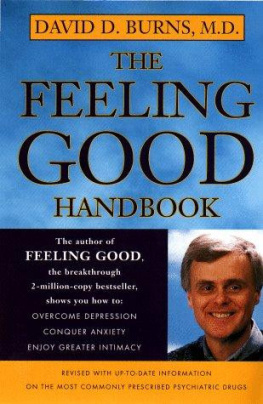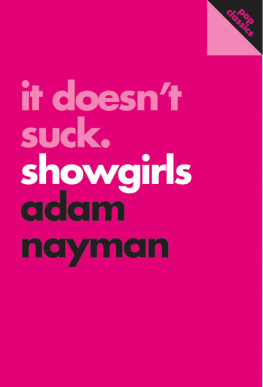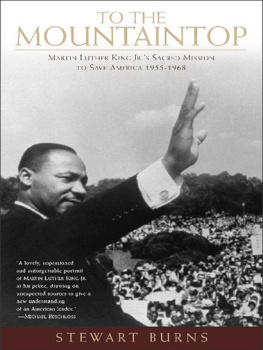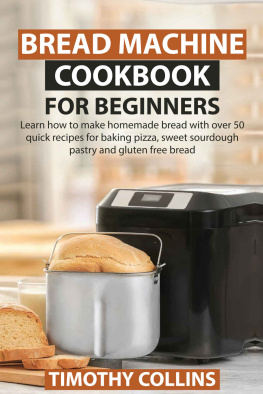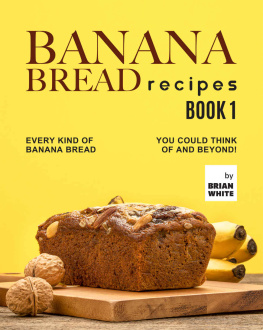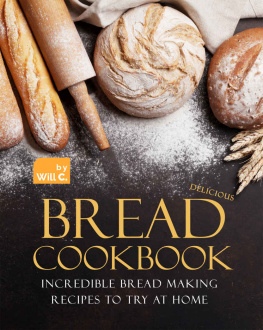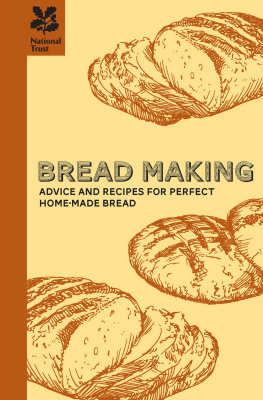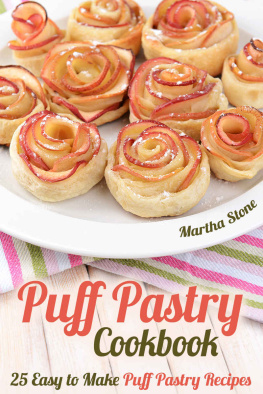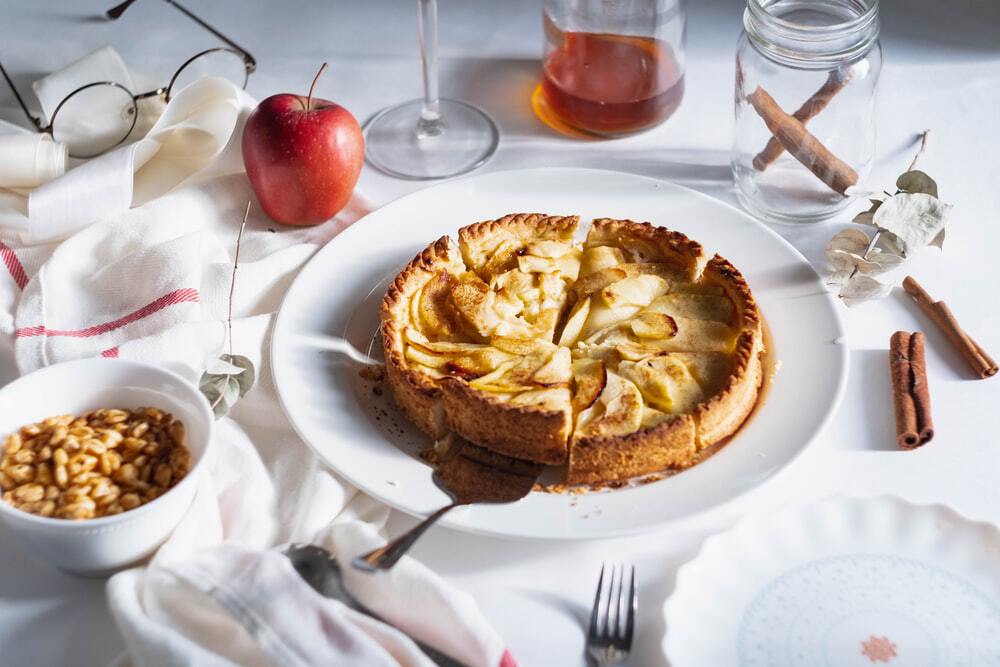The Elegant Pastry Cookbook
With Wonderful Recipes to Enjoy
By
Angel Burns
2020 Angel Burns, All Rights Reserved.
License Notices
This book or parts thereof might not be reproduced in any format for personal or commercial use without the written permission of the author. Possession and distribution of this book by any means without said permission is prohibited by law.
All content is for entertainment purposes and the author accepts no responsibility for any damages, commercially or personally, caused by following the content.
Get Your Daily Deals Here!
Free books on me! Subscribe now to receive free and discounted books directly to your email. This means you will always have choices of your next book from the comfort of your own home and a reminder email will pop up a few days beforehand, so you never miss out! Every day, free books will make their way into your inbox and all you need to do is choose what you want.
What could be better than that?
Fill out the box below to get started on this amazing offer and start receiving your daily deals right away!
https://angel-burns.gr8.com
Table of Contents
Introduction
Indeed, making a loaf of bread requires very few ingredients, so if you use the best quality you can find, you'll end up with better-tasting meals, but starting with what you have is all you truly need. Let's go over some specifics:
Water: Hydration is critical for dough. If your tap water is acceptable to drink, it will be just fine for making bread. However, tap water high in chlorine can harm a new sourdough starter. If you simply fill a pitcher from the tap and let it sit out overnight, the chlorine will evaporate. Temperature is another critical factor in bread baking, so your water temperature is essential.
Salt: In bread baking, salt performs the critical function of adding strength to dough. It also slows or inhibits the fermentation process, letting the mixture develop structure and flavor over time. Any baker who forgets the salt will have the unpleasant experience of dealing with gooey, sticky dough and will end up with a poorly flavored loaf of bread. Use whatever salt you like or already have in your home. I want to use sea salt, personally, but I have made bread with all kinds of salt (even with saltwater collected directly from the sea) with successful results.
Flour: As the heart and soul of bread, the type of meal you use will make a difference in the food you bake. Pay attention to the amount of protein in the flour. The higher the protein, the more gluten there is in the meal, which you need to develop the bread's structure.
Pastry or cake flour has deficient protein.
The All-purpose powder has a medium protein.
Bread flour has a high protein.
Every brand of flour will have varying qualities within these levels of protein and gluten. Note, though, that it's unnecessary to buy the most expensive powder to make quality bread, and it's not required to use bread flour in these recipes. Even though bread flour is made explicitly for food, I call for all-purpose flour in most of the recipes in this book because it's easy to find, and I've had a lot of success using it. I feel that one of the best brands to use is King Arthur's unbleached all-purpose flour. Although it's all-purpose flour, it is actually higher in protein than other brands, is of good quality, and is easily accessible at most stores. Bob's Red Mill is ideal for whole-wheat flour and a wide variety of other whole-grain powders. They can also be found in most large grocery stores.
Yeast: Indeed, this is the magic ingredient that makes bread dough rise. The fungus occurs naturally in the air, and we'll use that natural yeast for loaves of bread made with or sourdough starter. You can also buy commercially made yeast at the store. The two most commonly found types of yeast are active dry yeast and instant yeast. Instant yeast is what I always recommend, as it is a more stable product and can be used without being proofed to make sure it's alive. Instant yeast also delivers more consistent results and is used by most professionals. I like to buy yeast in a large, 2-pound bag because I make a lot of bread (you can find these at Costco, restaurant supply stores, and some larger groceries), but you can find it in 4-ounce and 8-ounce packages, too, which will work for anyone starting. Once the box is open, I transfer my yeast to a zip-top bag and place it in my refrigerator door, which keeps it fresh and easy to find. As you start making more bread, you will quickly discover that you'll need more yeast than those individual packets provide.
Working with Whole-Grain Flour
Unlike all-purpose flour, whole-grain flour contains the germ and bran of the grain. These are full of fiber and nutritious, but also increase the density and heaviness of bread. Working with whole-grain flours also requires more water to hydrate the dry bran, and extra consideration to the dough, as the bran can tear the gluten and make it challenging to develop the money.
Key Terminology
Here is a list of terms I will use throughout the book. Feel free to refer back to this list at any point as a helpful refresher.
Bench-Rest: Resting and relaxing the dough on the work surface before shaping.
Biga: A stiff pre-ferment made of flour, water, and yeast.
Banneton: Cane basket for proofing dough.
Batard: An oval or football-shaped loaf.
Boule: A round loaf.
Couche: A large piece of linen cloth that can be folded and creased around proofing loaves.
Crumb: The interior structure of a loaf.
Enriched Dough: A dough that contains "rich" ingredients, like eggs, butter, oil, or sugar.
Fermentation: The process in which yeast converts certainly sugars into carbon dioxide, creating air pockets in the dough.
Gluten: Protein in wheat that creates the elastic texture of dough.
Grigio: The "ear" or little lip of crust that rises away from the baked loaf and the score.
Hydration: The quantity of liquid in a dough relative to the amount of flour.
Instant Yeast: Instant yeast comes in granules, which don't need to be "proofed" before using them. It has a high absorption rate, which makes it easier to use than active dry yeast.
Kneading: Working a dough by hand to develop the strength in the mixture.
Lame: A handy tool with a razor blade on one end for scoring bread.
Oven Spring: The final, dramatic rise of the loaf as it bakes in the oven.
Poolish: A liquid pre-ferment usually equal parts of water and flour with a small bit of yeast.
Proof: The time when the final dough is rising in its final shape.



